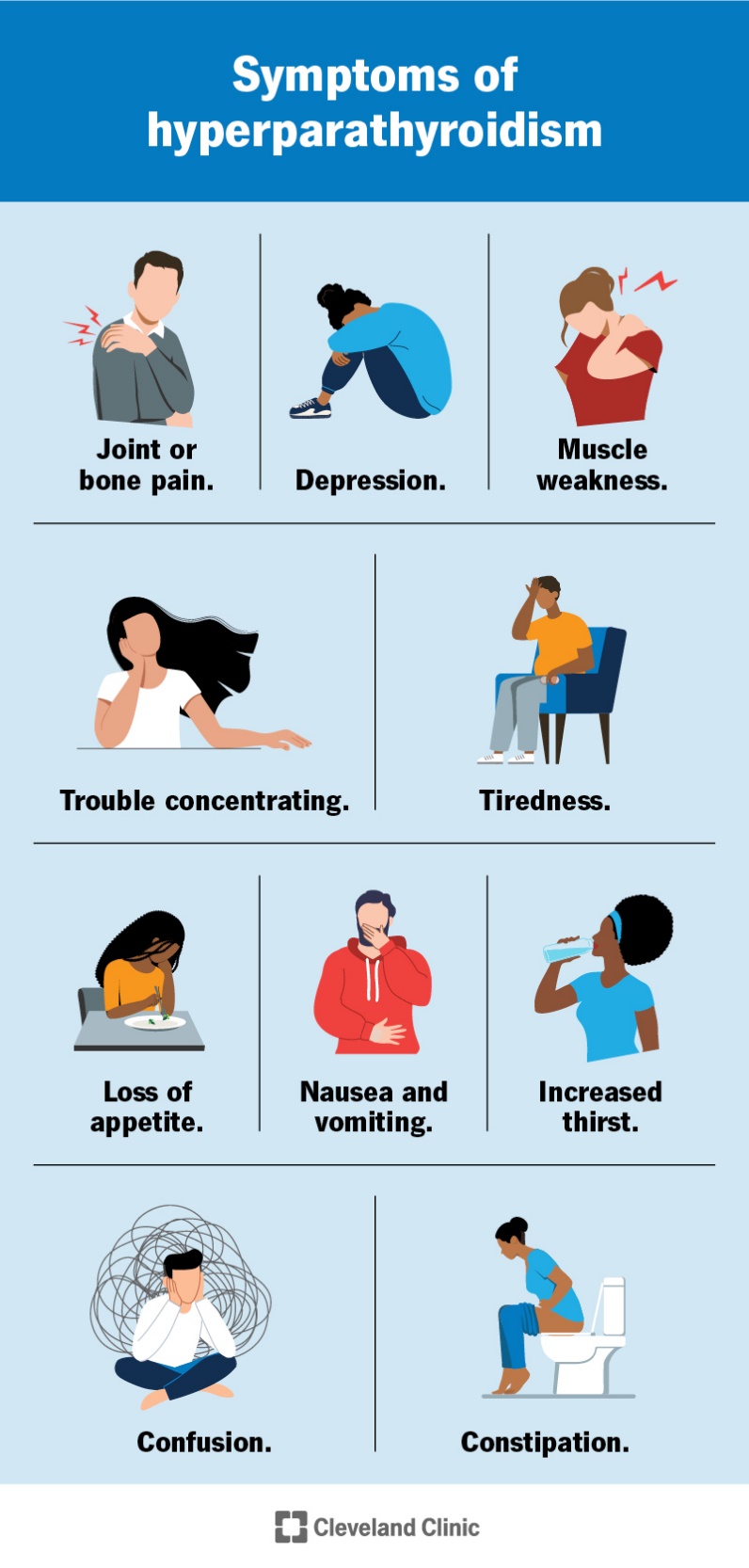A 72-year-old patient comes to the clinic complaining of sudden onset eye pain, nausea, and seeing halos around lights. The nurse notes that the patient’s pupil is mid-dilated and non-reactive to light. What is the most likely cause of these symptoms?
Optic neuritis
Macular degeneration
Narrow angle glaucoma
Cataract
The Correct Answer is C
Choice A: Optic Neuritis
Optic neuritis is an inflammation of the optic nerve that can cause pain and vision loss. The pain typically worsens with eye movement, and vision loss usually occurs in one eye. Symptoms include temporary vision loss, visual field loss, loss of color vision, and flashing lights. However, optic neuritis does not typically cause nausea or seeing halos around lights, and the pupil reaction to light is usually preserved.
Choice B: Macular Degeneration
Macular degeneration primarily affects central vision and is more common in older adults. It can cause blurred or reduced central vision, difficulty recognizing faces, and visual distortions such as straight lines appearing bent. However, it does not cause sudden onset eye pain, nausea, or seeing halos around lights. The pupil reaction to light remains normal in macular degeneration.
Choice C: Narrow Angle Glaucoma
Narrow angle glaucoma, also known as acute angle-closure glaucoma, is a medical emergency characterized by a sudden increase in intraocular pressure. Symptoms include severe eye pain, nausea, vomiting, seeing halos around lights, and a mid-dilated, non-reactive pupil. This condition occurs when the drainage angle between the iris and cornea becomes blocked, leading to a rapid rise in eye pressure. Immediate treatment is necessary to prevent permanent vision loss.
Choice D: Cataract
Cataracts cause clouding of the lens, leading to symptoms such as blurred vision, difficulty seeing at night, sensitivity to light, and seeing halos around lights. However, cataracts develop gradually and do not cause sudden onset eye pain or nausea. The pupil reaction to light is also typically normal in cataract patients.
Nursing Test Bank
Naxlex Comprehensive Predictor Exams
Related Questions
Correct Answer is A
Explanation
Choice A Reason:
An adenoma of the parathyroid gland is the most common cause of primary hyperparathyroidism. This benign tumor leads to the overproduction of parathyroid hormone (PTH), which in turn causes elevated calcium levels in the blood. The excessive PTH secretion disrupts the normal calcium balance, leading to symptoms such as fatigue, muscle weakness, and depression. Parathyroid adenomas account for approximately 80% of primary hyperparathyroidism cases.
Choice B Reason:
Thyroid carcinoma is a type of cancer that originates in the thyroid gland, not the parathyroid glands. While thyroid carcinoma can cause various symptoms, it does not typically lead to elevated PTH levels or hyperparathyroidism. Therefore, it is not the most likely cause of the patient’s condition.
Choice C Reason:
Vitamin D deficiency can lead to secondary hyperparathyroidism, where low levels of vitamin D cause decreased calcium absorption, prompting the parathyroid glands to produce more PTH to maintain calcium levels. However, this condition is usually associated with low or normal calcium levels, not elevated calcium levels as seen in this patient. Therefore, it is not the most likely cause of her hyperparathyroidism.
Choice D Reason:
Chronic kidney disease (CKD) can also cause secondary hyperparathyroidism due to impaired kidney function, which affects calcium and phosphate balance and vitamin D metabolism. However, similar to vitamin D deficiency, CKD-related hyperparathyroidism typically presents with low or normal calcium levels rather than elevated levels. Thus, it is not the most likely cause in this scenario.

Correct Answer is C
Explanation
Choice A Reason:
The statement “If I forget to take my eye drops, I should wait until the next time they are due” is incorrect. For chronic open-angle glaucoma, it is important to take eye drops as prescribed to maintain consistent intraocular pressure control. If a dose is missed, the patient should take it as soon as they remember, unless it is almost time for the next dose. Skipping doses can lead to fluctuations in eye pressure, which can worsen the condition.
Choice B Reason:
The statement “Every two years I will need to have my vision checked by an eye doctor” is not accurate. Patients with chronic open-angle glaucoma typically need more frequent monitoring, often every 3 to 6 months, depending on the severity of the condition and the stability of their intraocular pressure. Regular check-ups are crucial for adjusting treatment and preventing vision loss.
Choice C Reason:
The statement “I should call the clinic before taking any over-the-counter medications” indicates an understanding of the teaching. Some over-the-counter medications can affect intraocular pressure or interact with glaucoma medications. Consulting with a healthcare provider before taking new medications helps ensure that they do not interfere with glaucoma management.
Choice D Reason:
The statement “When my vision improves, I will be able to stop taking the eye drops” is incorrect. Glaucoma is a chronic condition that requires ongoing treatment to manage intraocular pressure and prevent further damage to the optic nerve. Stopping medication can lead to a rapid increase in eye pressure and potential vision loss.

Whether you are a student looking to ace your exams or a practicing nurse seeking to enhance your expertise , our nursing education contents will empower you with the confidence and competence to make a difference in the lives of patients and become a respected leader in the healthcare field.
Visit Naxlex, invest in your future and unlock endless possibilities with our unparalleled nursing education contents today
Report Wrong Answer on the Current Question
Do you disagree with the answer? If yes, what is your expected answer? Explain.
Kindly be descriptive with the issue you are facing.
